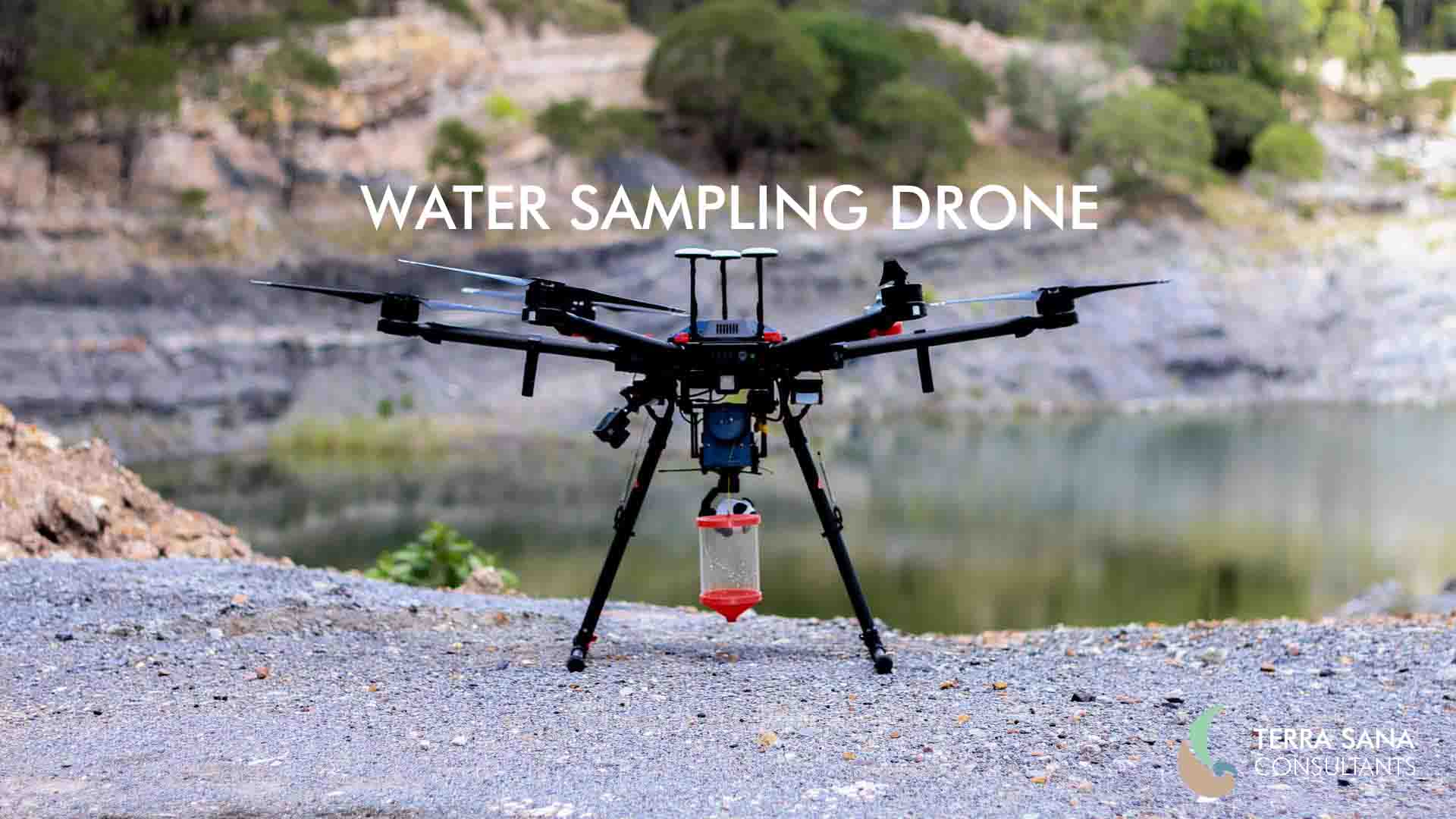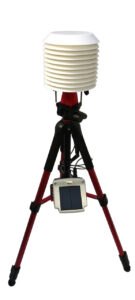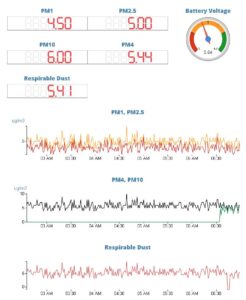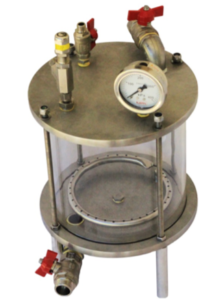Terra Dust
Terra Sana Consultants has developed a series of cost-efficient dust detectors able to deliver simultaneously real-time concentrations of several dust fractions directly on your computer screen. Dust management is made easy without the need to leave your office to initiate any actions. Easy to transport and relocate.
Portable Laser Dust Sensor for Quantification of Particulates in Ambient Air
TERRA DUST is a portable, real-time, continuous dust sensor able to measure simultaneously PM2.5, PM10 and Total Suspended Solids (TSP) in ambient air. The sensor is designed for long-term unattended sampling. The sensor can measure the different fractions of dust and log the data within an internal memory. Data can be then downloaded via USB or accessed remotely via telemetry. The miniaturised design makes the sensor easy to transport, the electronic display and the plug-and-play function allow for quick field deployment. The sensor is easy to install and commission, virtually maintenance-free. Powered with a miniaturised solar panel can be used in all situations where main power is not available.
The sensor can be used by site personnel, regulators and the local community to make informed decisions based on timely, critical information about the local dust levels including any exceedances of the relevant environmental and health standards. The dust concentration is accurately measured using laser technology and it is based on the proven scientific principle of visible light scattering of nephelometry. The sensor is a competitive, well-priced alternative to obtain the data granularity required to gain a better understanding to dust concentration in the environment and quickly respond to the situation.
About the Sensor
| The sensor is based on laser technology which detects and counts particles using visible light scattering with a response time of <6 s. The detection concentration range between 0 µg/m3 to 1,000 µg/m3. The sensor is an advanced photodetector that measures light scattered by particulates present in the air sample. An internal pump draws a quantity of air into the detection chamber fitted with the laser sensor. The laser light source illuminates the particles present in the air sample pulled through the detection chamber. As particles pass through the laser beam, the light reflects off the particles and is recorded on the photo or light detector. The light is then analysed and converted to an electrical signal to calculate particle concentration. | · Easy installation and use
· Extremely portable · Robust build · Quality components · Laser technology · Maintenance free · Dust and waterproof · Low cost Real-time dust levels at your fingetips |
Gas/Water Separator
Sampling Methodology for Improved Quantification of Gases in Groundwater
Accurate quantification of gases like methane in groundwater is challenging due to the tendency of gas to separate from water when the pressure decreases. An everyday example of this effect can be experienced when we open a bottle of carbonated drink and observe some of the gas leaving the container. When a groundwater sample is pumped from an aquifer to the surface, the pressure decreases and – like opening a fizzy drink – some of the gas is lost in the process.
The analytical methodology to quantify gases in the water relies on collecting the sample in laboratory prepared glass vials with a Teflon septum (zero-headspace vials). In the laboratory, a headspace is created in the vials by injecting an inert gas through the Teflon septum. This allows the partitioning between the gas and liquid phases. A portion of the gas in the headspace is then withdrawn from the vials and analysed via gas chromatography. This technique is well-established and is utilized to quantify the dissolved portion of gasses present in the groundwater. It does; however, have its limitations. Since a portion of the gas is normally lost during the sampling due to the pressure differential between the groundwater and the surface, this technique does not accurately account for the total amount of gas present in an aquifer.
To overcome this issue, Terra Sana Consultants developed a field-portable gas-water separator. The groundwater sample containing dissolved gases is captured in the main vessel of the separator, which is connected to the outlet of the groundwater pump to eliminate any contact with the atmosphere. This technique prevents any loss of gas during sampling. The gas–water separator can be connected to any commercial pump used for groundwater sampling. This equipment mimics, yet simplifies the laboratory process, allowing it to take place in the field. Once the sample is in the main vessel, the solution is sparged with an inert gas and the headspace is then collected in a Summa canister or gas bag and sent to a NATA accredited laboratory for analysis. The gas-water separator can be used for the correct and accurate sampling, quantification, and characterization of any site where gas and other Volatile Organic Compounds (VOCs) are present in an aquifer. This includes landfills, Coal Seam Gas (CSG), and mining sites.
Legislative Requirements under Chapter 3 of the Water Act 2000
Chapter 3 of the Water Act 2000 includes the requirement for a resource tenure holder to undertake a baseline assessment of authorised water bores. The information collected from the baseline assessment establishes a benchmark for the future determination of any possible impact on the bore and the base to negotiate “make-good agreements” with the landholders. As part of the baseline assessment, it is required to quantify gases like carbon dioxide, methane, and hydrogen sulfide. The recommended method to obtain dissolved gas samples is through the use of a flow-through cell (or gas separator/stripper) installed on the bore discharge pipework.
Water Sampling Drone
Terra Sana Consultants has developed a water sampling system for remotely collecting water samples using a drone. This system greatly reduces the risks involved in collecting water samples from tailing dams, pit lakes and crocodile-infested rivers.

Instead of putting a human’s life at risk, a much safer option is to use a drone to collect water samples in risky water bodies such as tailing dams, pit lakes and crocodile infested waters. This also presents a significant resource-, logistic-, and cost-saving opportunity.
- Eliminates many of site hazards to the field staff involved in water sampling as the operator can remain at a safe distance from the water body;
- The system uses a winch system to lower and lift the water sampling container, greatly enhancing flight safety;
- The system has been designed with multiple redundancies to ensure safe operations such as a quick release system that can be triggered in case of an entanglement;
- Samples can be re-collected at the same exact location using high-precision GPS;
- Up to 5 samples can be collect in a single drone battery set, greatly increasing the efficiency of sampling; and
- The operator has a live view camera feed of the water sampling device.



